LG was one of the first manufacturers to release a device with a flexible display, followed by years of rumors of such screens coming to the market. Is there a market for such novelty? Would it be of any help? The LG G Flex is here to prove itself, and we have been putting it to the test for you.
The LG G Flex is one of the first of its kind, meaning it will not be perfect. But it seems like it doesn’t need to be. In a world where specs, awesome displays and amazing performance is very usual in a smartphone, people get more excited by devices that “stand out”.
At MWC, LG had the LG G Pro 2, for example. This happens to be pretty much the most powerful and awesome smartphone out there, but most people gave the G Flex much more attention. Other reporters said it was “much more unique and innovative.”
Yes, the LG G Flex is different. It is innovative. And dare I say, it’s pretty darn cool – but is it worth your money? Is it better to go with another smartphone at this point? Stick around for our full review to find out!
LG G Flex specs
- Android 4.2.2 Jelly Bean
- 6.0-inch 1280x720p POLED curved display
- 2.26 GHz quad-core Qualcomm Snapdragon 800 processor
- 2 GB of RAM
- 32 GB of internal storage
- 13 MP / 2.1 MP cameras
- 3,500 mAh battery (3,400 for T-Mobile)
Display
Ok, so let’s cut through the chase. How is that flexible display working out for me? Well… it’s not the best, to say the least. Not only is the 6-inch screen pushed back by its 720p resolution (which is a big deal on such a large display), but it is also affected by other issues.
Display problems
We have heard of bumpy displays caused by the device’s flexibility, for example. I haven’t been able to notice anything like this on my test device, but I have noticed other problems. There is an obvious ghosting issue, for example.
This display is ALWAYS ghosting. Ghosting, for those who don’t know, is also known as screen burn-in. It’s when you can see previous images displayed on the phone, even after your current image has changed.
For some reason this display burns in very quickly. Most times, all it takes is to pull down the notification area to see the time, Google Search bar and other elements stay around. These disappear after a few seconds, but it’s annoying, nonetheless.
I have also found the LG G Flex’s display to be inferior for daylight viewing. I am not sure if it’s because of the nature of the flexible display, or what, but there is this weird glow/reflection this screen gets when hit by direct sunlight. This is something I have never seen before. It’s like a golden brown reflection.
Display advantages
Aside from those issues, and when indoors, though, the screen is ok. Colors are nicely saturated and the blacks are really black, like one would exprect from an OLED display.
In short: the display is not the LG G Flex’s strength. Even if it’s curved design is very unique and innovative.
Design and build quality
I know I was a bit harsh on the display, but that doesn’t mean the phone is horrible. In fact, it’s a pretty darn good device – and design/build quality is where it will stand out the most. This phone is unique and will turn many heads!
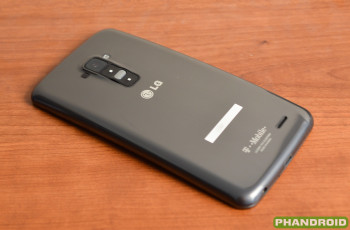 Not only is it one hell of a big smartphone, it is a completely different smartphone. People see it and scratch their heads, not knowing if what you are holding is even real. Everything about the phone is just off! Curved display? 6-inch screen? Buttons in the back?!
Not only is it one hell of a big smartphone, it is a completely different smartphone. People see it and scratch their heads, not knowing if what you are holding is even real. Everything about the phone is just off! Curved display? 6-inch screen? Buttons in the back?!
If what you want is a uniquely-designed device, there is nothing more original than the LG G Flex. It will be different from anything else out there, and I must say it is good-looking! In fact, I believe people will mind its size more than they will mind it’s curved design and back buttons.
In a nutshell, it looks much like a bent and stretched LG G2. It’s not exactly built like one too, though. The LG G Flex does feel more plasticky and not as solidly-built as the G2. But the LG G Flex is much more resistant, which you will love if you are hard on your smartphone.
Flexible, self-healing and durable
LG built this phone to be one of the most resistant out there. IT is no IP-67 certified device, but it can handle its own when taking life’s hits. To start off, the device is flexible to a certain extent.
We wouldn’t recommend intentionally putting it to the test, but you can place it face down and push the phone to a completely flat state. The device will go back to its curved state as soon as you let go and it will work as expected. This would be great for those who usually sit on their phones, for example.
On the back of the phone is another hidden aesthetic treasure. This phone will never suffer from scratches on its back! The device’s back cover is made of a self-healing material that can literally regenerate when scratched. It’s some Terminator stuff, right there!
Now don’t go stabbing the phone either. This material can usually handle superficial scratches, not very deep ones. I have tested it with key and coin scratches, and works great. After all, these scratches are usually what really affect a phone’s look, anyways.
Performance and software
Now, you will not be disappointed in this area. If what you are looking for is a fast, well-performing phone, you can’t go wrong with the LG G Flex. Sporting a Qualcomm Snapdragon 800, 2 GB of RAM and LG UI, this phone is up there with the LG G2.
Though the specs are very similar and the G Flex’s resolution is lower, I do see lower performance compared to the G2. Not sure what may be causing this, but the LG G Flex is one powerful and fast phone, anyways.
It can handle any app or game you throw at it, and I never saw it lag or stutter.
LG is doing great at bringing all its awesome features to all their devices. In these terms, the LG G Flex is getting the whole LG treatment. We have Kock On, soon it will get Knock Code, there’s the infrared antenna with Quick Mote, QSlide, QuickMemo, Wireless Storage, NFC and more.
This phone doesn’t ask anything from any of the big guys. It is full-featured and will keep you happy if you like LG’s user interface. Now this is a matter of preference. You can see more about the UI in the LG G2 review, which pretty much sports the same software.
Camera performance
This phone’s camera is pretty good, but it is not really up to bar with the best smartphone cameras out there. Its 13 MP sensor makes for pretty large images and fair quality.
Low-light performance is also pretty average. The camera can take images in the dark pretty well, but they will come out pretty grainy and without great color accuracy. This is what you can expect with low ISO shots in smartphone cameras, though. Images also come out a bit blurry when indoor, though. Unless the lights are very bright.
In daylight, the camera works very well – that’s where the camera shines. Colors are bright and images are crisp. I actually love the camera in this phone for daylight photos.
On the other hand, this is not your phone if you want a selfie machine. The front facing camera is simply not the best. Images come out blurry 1 out of 3 times and the resolution is not great. It does have a 2.1 MP front-facing camera, but I have seen lower-megapixel cameras perform better.
By the way, it does record UHD video! (3840x2160p). Enough talking, though. Let the images and test video speak for themselves.
Battery Life
The LG G2 set a standard when it comes to battery life. LG’s premium device could go for over 2 days on light usage and over a day of average-to-heavy usage. This type of battery life performance is something we have come to expect from LG, and with the G Flex they have done it again.
Like with the LG G2, it is nearly impossible to make this phone die in under 24 hours. With normal usage, I could not get this phone to die in under 30 hours! Yes, even when using the phone for a movie, some gaming and other hardware-intensive activities.
Long story short, you will be pleased with this phone’s battery life. It is among the best out there, in terms of battery life. Its 3,500 mAh battery really do it justice (3,400 mAh for the T-Mobile version).
Should you buy the LG G Flex?
The LG G Flex is one hell of a device. It is unique, powerful, good-looking (subjective topic) and has stunning battery life. But is it worth your hard-earned cash?
One thing we must consider is that this phone is priced parallel to top-of-the-line smartphones. It costs $600-$695 off-contract from US carriers, and $250-$300 on-contract. IT is far from being affordable. In fact, it just may be one of the most expensive smartphones out there.
Though I like the LG G Flex, I believe you can get better options at said price point. Ones that offer all the advantaged of the LG G Flex, without all its shortcomings (display being the biggest of them).
Some of you may love the LG’s design and unique features, though. If you highly value battery life and design, you could be very happy with the LG G Flex.

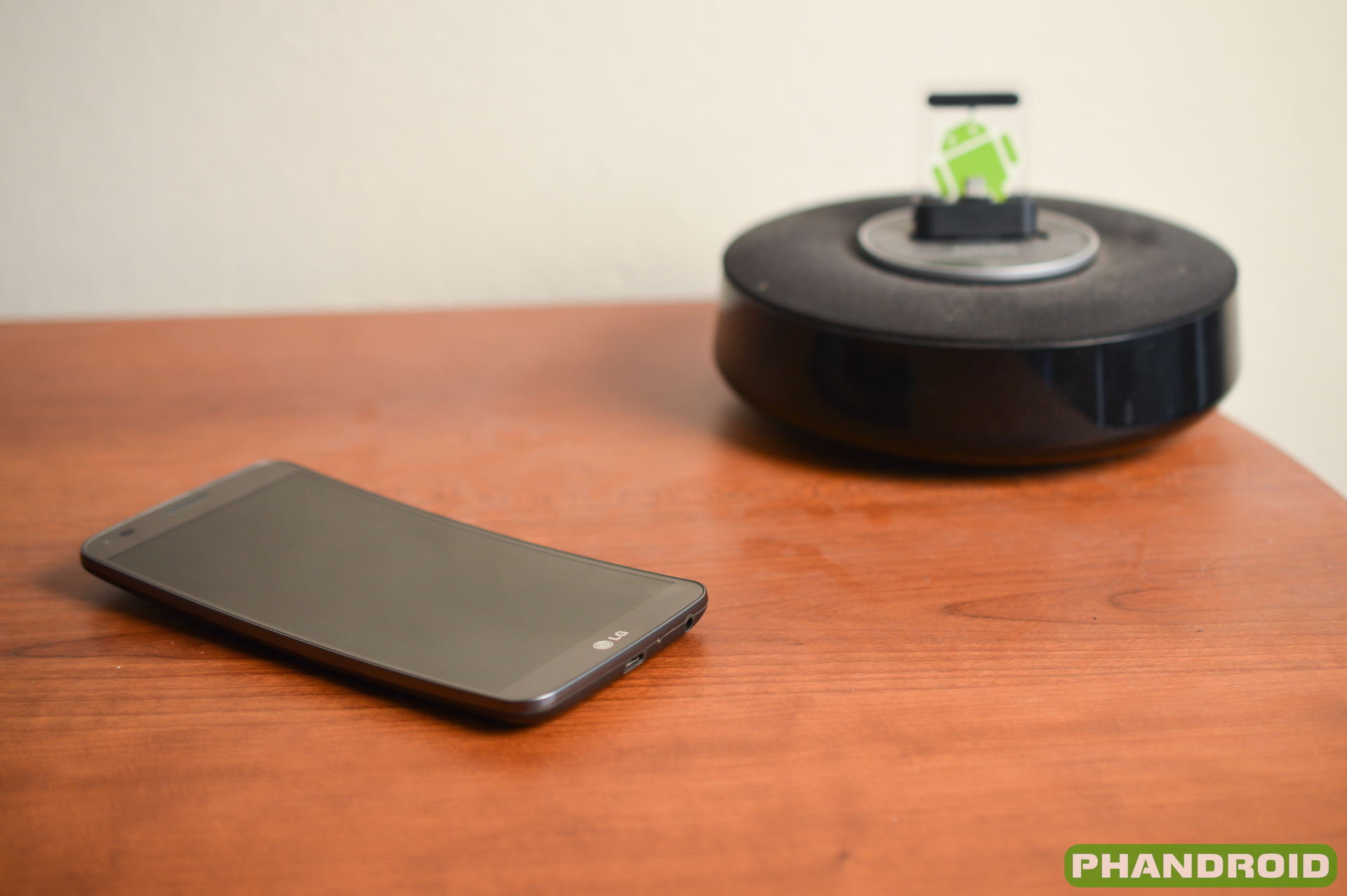
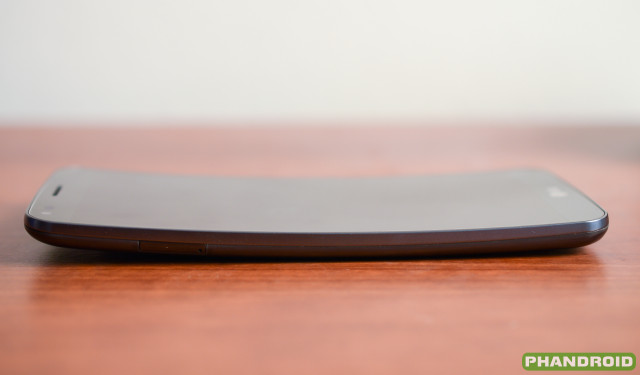
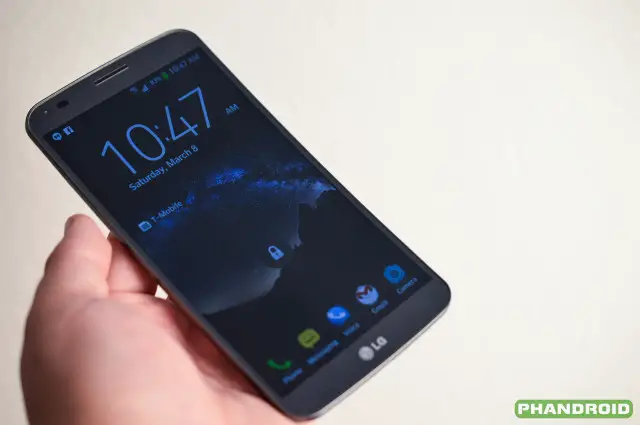
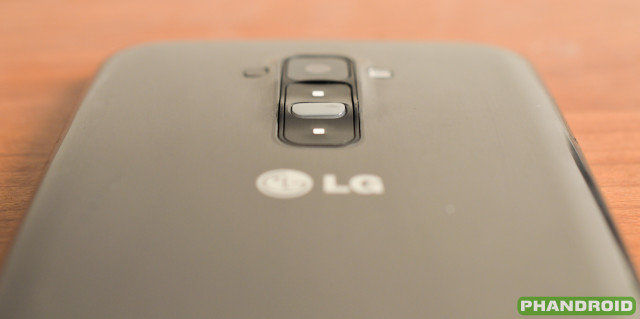
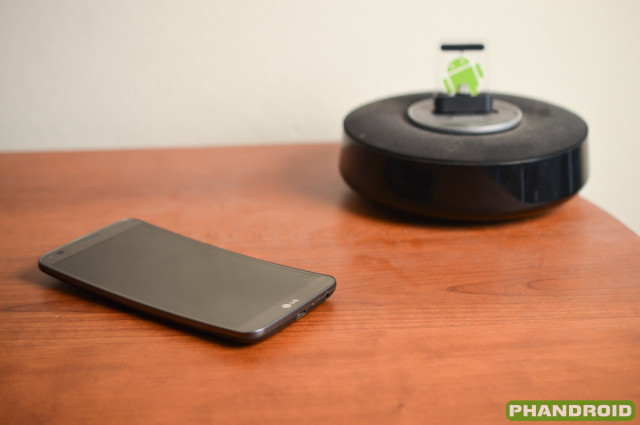



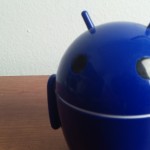
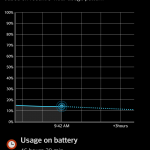
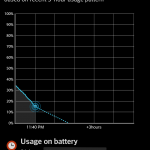
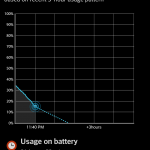

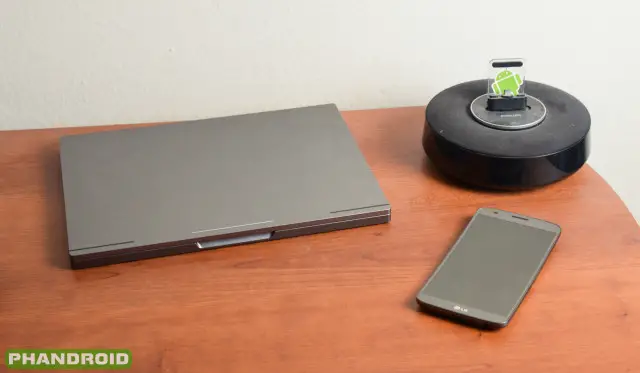
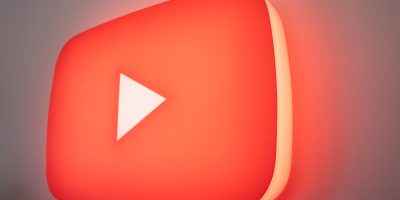
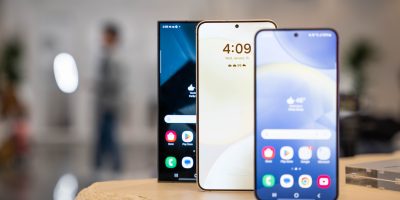
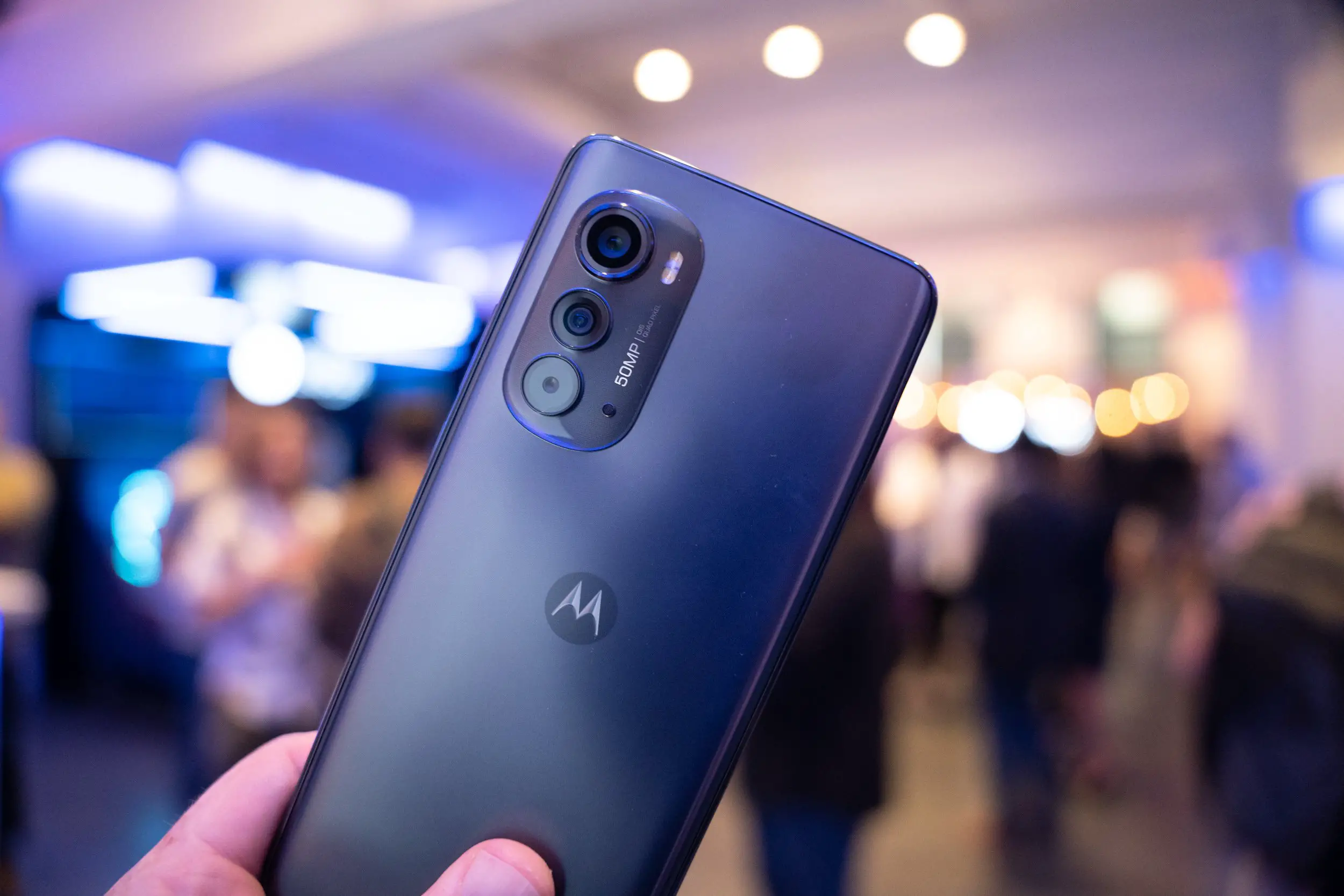
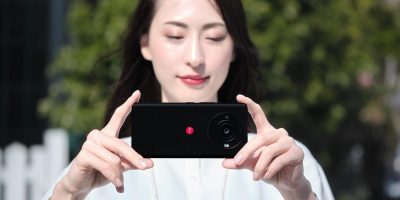


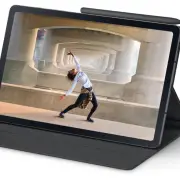
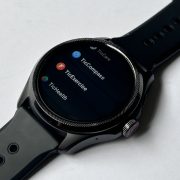

All I can think about is how uncomfortable this would be in my pocket.
Android takes 83.5% of LatAm mobile OS market
Google’s Android operating system Android was installed on 83.5 percent of smartphones sold in Argentina, Brazil and Mexico at the end of December, up 21.9 percentage points from the year before at 61.6 percent, according to eMarketer. Windows Phone had a 4.9 percent market share, iOS was at 4.3 percent and BlackBerry at 2.8 percent. Brazil had 30.3 million smartphones at the end of last year, with the figure expected to rise to 41.2 million this year and 70.5 million in 2017. At end-December, Mexico had 27.2 million smartphones, with the number expected to reach 33.3 million for this year and 54.4 million for 2017. Meanwhile, Argentina had 10.4 million at the end of last year, with the figure seen rising to 12.7 million this year and to 18.4 million in 2017. The overall total for Latin America was 113.5 million smartphones at the end of 2013, advancing to 145.6 million this year and 243 million in 2017.
What does that have to do with anything
Good review. The Flex performance and battery life is awesome. The thing I cant figure out is all the reviews talking about ghosting. I’m a photographer and constantly use the flex to display photos for clients. The screen size and color are perfect for what I do. I came from a G2 which I loved, but what I lost in resolution, I gained in pop. I dont need perfect. I need to get the clients attention and nothing gets attention like a photo on the Flex screen.
I tried the Note 3 and liked it, but I’ll take the flex at 720 over the Note 3 any day. If you ever get the opportunity, display the same high quality photo on a flex and Note 3 side by side and you will see what I mean.
So I’m a flex fanboy. There, I admit it.
A flexible fanboy. Who knew they existed. Trololololol.
>trolololol
What are you 13?
Make that two. There isn’t a phone on the market that I’d trade away my G FLEX for, including the NOTE 3. (FWIW, traded the N3 for the G2 & glad I did).
The screen issues are most noticeable w/brightness set below 50% & all but disappear when set above 50%.
Call quality/audio/BLUETOOTH/screen quality/battery life are all top-notch.
A perfect phablet,leave the tablet @ home, this is excellent for breaktime/lunchtime entertainment while @ work.
Pair-up w/a B/T headset &/or Smartwatch & leave it in your pocket the rest of the day.
Yes, that’s fair regarding the battery size and 720p display, but the 1080p with the Note 3 is not too shabby either. Some people want 720p displays at most for the battery life extension.
Definitely nothing wrong w/the NOTE 3, especially the screen quality, it’s arguably the best all-around.
LG’s U/I & the ergonomics of the FLEX are what won me over vs. the rest in the big-phone category, just a personal preference.
One would be hard-pressed to actually find a truly awful phone these days, everyone has stepped up their game tremendously in the past couple of years.
Very true. Only two types of phones I can think of are Windows Mobile OS devices and the Nokia X (Android phone from Nokia, blah.)
I respectfully degree, but that’s because I am more familiar with the TW skin. I have owned the S3, Note 2, etc. I really like the premise of the G Flex, but it didn’t feel too impressive when I tried them out side by side. That’s my opinion, but as long you’re happy at the end of the day, that’s all that matters.
Only part what surprises me is that being a photographer you take 720p over 1080p and you feel your customers are impressed with less resolution.I agree that LG has the most beautiful handsets compared to any other brand(Nexus5,G2, G PRO 2).I am not a photographer, but for visuals i would pick a higher resolution provided with adequate battery till the day my eye’s capability is challenged against higher ppi.1080p may set a such standard but i have to see 1440p to comment on that.
Its not always about resolution, but how the photos are rendered. while I would agree the G2 has a far superior screen, the larger screen with great color is impressive, keeping in mind the client is judging photos not resolution. In comparison to the Note 3 the screen is brighter with more natural color. could i get my with a Note 3? of course. it’s simply that i feel my work looks better on a Flex.
that being said, it’s still only for casual viewing. For more serious presentation, I use the ipad air and Galaxy Tab Pro 8.4
Ghosting and burn-in are two different things — and from what you’ve described you’re experiencing neither.
What you’re actually describing is image retention; when specific image elements are temporarily retained by the screen. Burn-in would be the permanent version of this. (i.e. they are forever embossed and do not fade)
Ghosting is more of a double image caused by a slower-than-optimal screen refresh rate. In other words, frame ‘A’ is still partially visible when frame ‘B’ is fully displayed because the screen can’t refresh completely fast enough for the content that it’s been taxed to display. This is a common trait of LCD technology (although, it’s greatly diminished in the IPS variants) and OLED. Phosphor-based displays such as CRT and plasma, however, are rarely subjected to this phenomena. (I hope you invested in a Pioneer/Panasonic plasma while you could!)
Yay! Someone gets it! I love my G Flex, can’t believe it is my daily driver now over G2. the image retention does not happen much and I have just noticed it with keyboard.
Edgar, good review regarding the G Flex. I bought my Note 3 over it when choosing between that and the G Flex, but I felt that the specs were a lot better on the Note 3 because of the 1080p display and 3 GB of RAM. Either device works well, and your points regarding the economics is really important since many people focus on budgeting for phones when it comes towards contract rates or outright purchases.
mumble mumble mumble….
LG G Flex was so 2013……why a review now?
T-Mobile got it later than AT&T.
“LG was one of the first manufacturers to release a device with a
flexible display, followed by years of rumors of such screens coming to
the market. Is there a market for such novelty? Would it be of any help?”
Remember how in 2011 LG was the first manufacturer to deliver a 3D smartphone and 3D tablet?
Both with glassless 3D displays and dual 3D cameras.
http://youtu.be/xpPRBtRMfWU
http://www.youtube.com/watch?v=QV4qC08Gfks
This was an actually useful gimmick, unlike a curved display.
Did not work out so well.
I predict no future for curved displays.
That 4.2.2 Grrrrr…
I own the G-Flex and my previous phone was a Samsung, also with an OLED display. The difference between the 1080 and 720 display is negligible, it’s simply impossible to see the pixels without a magnifier even on the 6″ screen. What people have been seeing and thinking is pixelization is actually the odd surface texture of the plastic substrate of the OLED emitter itself. The actual pixels are sharp as a tack, just like Samsung, but you can see as you move things around the screen that the matt texture remains stationary. Once you get used to it you don’t see it any more, but when you come to the G-Flex from another phone the difference stands out a bit.
Having said that, I’m extremely happy with the phone! The fluidity of the screen animations, etc., is superior to other phones I’ve used including the Note 3 and the S4. The phone has all the same bells and whistles (except the pen) as the Note 3, and the curved shape is a great conversation starter as well as being more comfortable to use. The phone still fits in the leg pocket of my carpenter jeans, or my shirt pocket, no problems. I’m a guy with fairly large hands, so I can even use the phone one handed. I can see where a woman with smaller hands might not want this phone, but for me it’s just taken the place of both my old Samsung phone and my Nexus 7 tablet. I love it!
cool Smartphone – http://shoutaword.com/lg-g3-release-date-price-specs-and-all-you-need-to-know